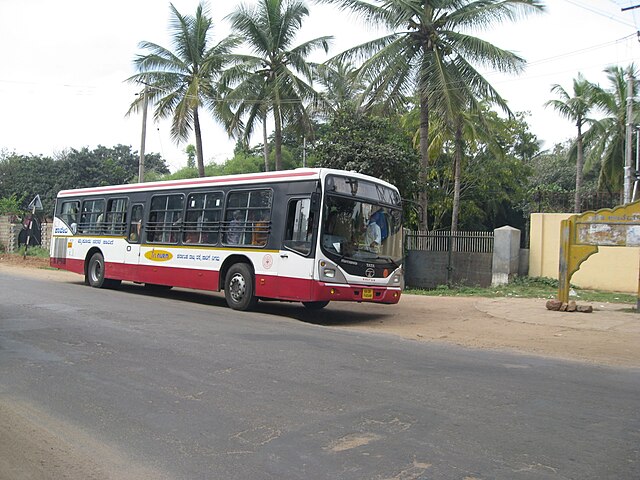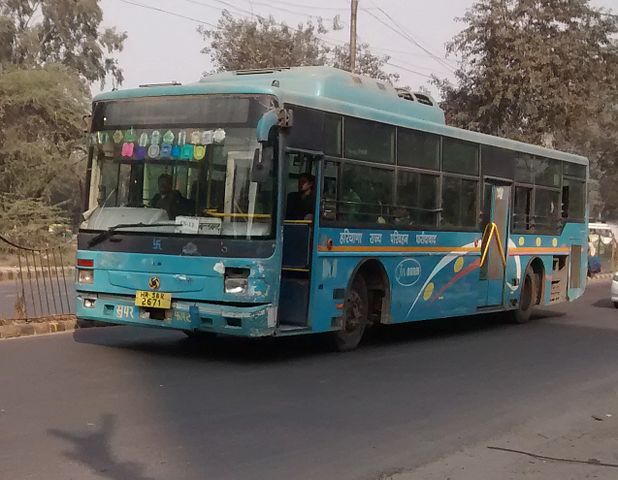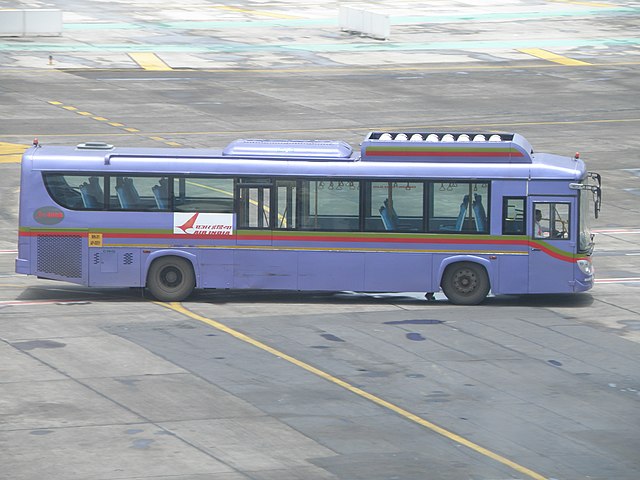Many ‘futurists’ and a significant number of urban local government officials and policymakers I’ve met and/or interacted with hold the following view – ‘Internet, faster communication and changing social attitudes will soon make large urban agglomerations i.e cities in the form of cities irrelevant. We will be participants in an era of small, compact cities with innovators, job creators and seekers moving to such cities from megacities to make their fortunes’.
This view is often represented as a fact in many conferences, seminars and ‘talks’ by organized by the intelligentsia which in turn has transformed the view into conventional wisdom. They are wrong. The internet or any other faster means of communication (except teleporting perhaps’ will never be able to match This view combined with the very Indian tendency to ‘equalize’ development of different regions has led to some perverse policy prescriptions but that is a matter for another day. In this post, I will discuss a little on why the ‘compact future city’ view is incorrect and touch upon what we need to improve transportation outcomes..
In his book- The Rise and Fall of Nations, Ruchir Sharma writes:
‘In recent years it became fashionable to argue that location no longer matters, because the internet makes it possible to provide services from anywhere. But physical goods still make up the bulk of global trade flows, and location still matters for companies that want to be close to their customers and suppliers.’
Some of you may argue that physical goods will not constitute a majority of trade flows in the near future where trade will mostly constitute IT based service sector transactions; and that’s when we will see intelligent people leaving cities along with their businesses for small towns. You would then be wrong. Again. Later in the book, Ruchir Sharma writes this:
‘Today the internet is making geography irrelevant neither for manufacturing industries nor for service industries. People still meet face to face in order to manage and build service companies that provide everything from internet search engines to cargo logistics, and new companies in these industries typically set up in the same town to tap the same expert talent pool. The result is the rise of cities with a cluster of companies and talent in a specific service niche.’
‘In South Korea, Busan continues to thrive as the nation’s leading port and as a regional hub for logistics service companies. In the Philippines, Manila has been rising for some time as as a major global provider of back office services, and now that business is spilling over to its satellite cities, including Quezon and Caloocan. Dubai continues to build on its dual role as a major port moving oil and other goods and as a service hub for the Middle East.’
To the above list, I would add- Bangalore continues to thrive as India’s leading education hub and as a hub for R&D, IT-BPO companies; Mumbai continues to thrive as the city whose professionals arrange financing for mega projects across India and Kolkata for producing intellectuals who fill our history textbooks with crap.
In short, cities will NOT become small. Businesses and intelligent people will NOT move to compact cities. Most of India’s megacities will keep getting bigger. (I’m not saying that there is no future for second cities and therefore we should ignore them. They are a very integral part of the modern economy and need to be accorded that status. That discussion is for another post). Our planners and urban administrators need to imbibe this very basic fact when they are managing our cities. In my opinion, amongst these planners and urban administrators, the ones that need to learn this lesson the most are – public transport officials.
A few months ago, St Srikanth of Depot (Srikanth) and I had a chance to interact with officials of BMRCL (Bangalore Metro Rail Corporation Limited) and BMTC (Bangalore Metropolitan Transport Corporation). Almost every second conversation we had with a management level employee revealed their deep discomfort about private operated public transport facilities. Before these conversations, I admit to having hoped that public transport officials would recognize that government ownership of public transport infrastructure and the legal monopoly over these operations would increasingly lead to very bad transportation outcomes. Those hopes were dashed after the above mentioned conversation. I realized that these buggers are going to sit on their arses, wait for their retirement and meanwhile prevent and/or harass tech enabled transportation systems like Uber, Ola and ZipGo and oppose private entry into the business in the traditional forms.
Before continuing that rant, I will emphasise the need for an efficient public transportation system in every city. As mentioned before, every city is essentially a concentrated labor market. Businesses – low tech, high tech, service sector, manufacturing like to set themselves up in cities as these cities offer them access to a large pool of labor in short distance. This in combination with the fact that most of their suppliers and customers too do the same lead to something known as agglomeration benefits. All the above depends upon the efficiency of the transportation system and the density of urban living. The higher the efficiency of transportation networks and the density of urban living, the greater the agglomeration benefits and therefore higher incomes.
Let me illustrate this with an example from our National Capital Region. Say Srikanth decides to shift from Bengaluru [He is desperate to] to the wretched hellhole that is NCR and rents a place in Dharuhera (About 45kms from Gurugram). He is forced to rent here because he has a taste for luxury and but his bank account isn’t all that good enough to enable him to live in Gurugram. It takes about an hour to travel between Gurugram and Dharuhera as he travels through public transport, Uber and Ola aren’t available in Dharuhera and the nearest metro is HUDA city center which is about 40kms away. What are the chances of him accepting a job paying ₹60k per month near Rajiv Chowk i.e. Connaught Place, New Delhi over a job paying ₹55k in Gurugram ? (It takes about 2.5 hrs to travel from Dharuhera to Connaught Place). Very low. He most probably will take the ₹55k job as it saves him 3 hours of travelling everyday. The company in Connaught Place will probably have to do with lower quality labor or increase the offer and thus incur higher labor cost.
Haryana Roadways is one of the worst state road transportation companies (SRTCs) with only about 100 buses in operation in Gurugram on about 15 routes. If one attempts to go via public transport from Dharuhera to Gurugram, he or she is forced to take the very rickety illegal buses as the Haryana Roadways buses on the route are very infrequent. The private ones that operate are harassed and sometimes seized if they use the Haryana Roadways logo to escape harassment. If private bus operators existed and the construction on the highway is completed, the route will take about half an hour. Srikanth might take up a job a little further away from Gurgaon say at Hauz Khas @ ₹58k.
Now, back to my rant on BMTC and BMRCL. The old geezers in BMTC and their parent PSU- KSRTC will NEVER give up their legal monopoly. The ones in BMRCL will take another 10 years to realize that Majestic and MG Road no longer are the locus of business activity in Bengaluru city and that the locus has shifted to suburbs like Whitefield and Sarjapur. If Karnataka and other states stop harassing tech based taxi and bus aggregators like Ola, Uber, ZipGo and ends the legal monopoly of SRTCs and their subsidiaries, the transportation outcomes in our cities will vastly improve and believe me and the years of Urban Economics research- the resultant increase in agglomeration benefits will make everyone richer off.
Why aren't those in power giving us better transport? Share on XThis article was later republished on Swarajya.
![]()


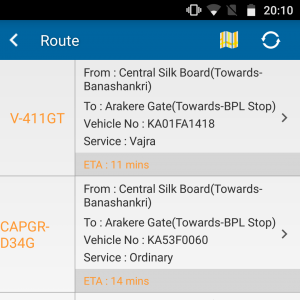
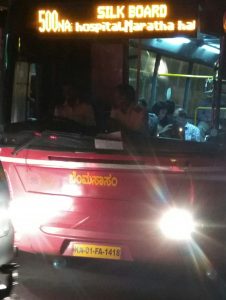

![Logo of the Jawaharlal Nehru National Urban Renewal Mission [JnNURM].](https://upload.wikimedia.org/wikipedia/commons/1/1c/JnNURM_logo.jpg)


